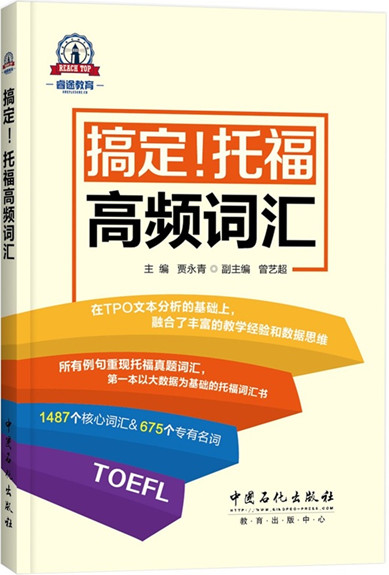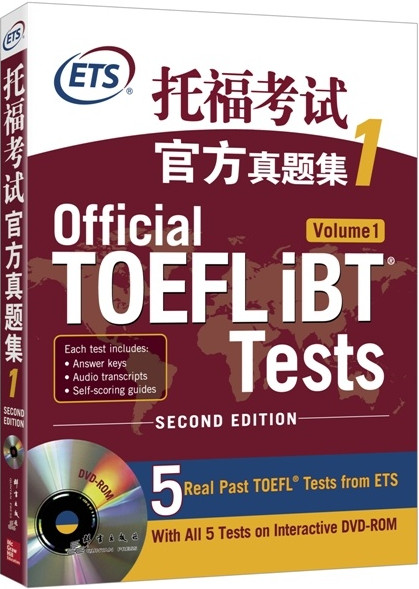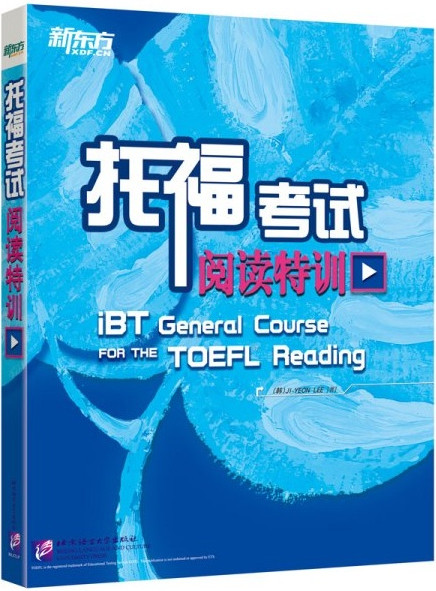Õ–ł£‘áÓ}_ťÜ◊xņŪĹ‚ń£ĒMÓ}ľįīūįł4
°°°°Bloodhounds are biologically adapted to trailing their prey. The process by which
°°°°the nose recognizes an odor is not fully understood, but there are apparently specific
°°°°receptor sites for specific odors. In one explanation, recognition occurs when a scent
°°°°molecule fits into its corresponding receptor site, like a key into a lock, causing a
°°°°(Line5) mechanical or chemical change in the cell. Bloodhounds apparently have denser
°°°°concentrations of receptor sites tuned to human scents.
°°°°When a bloodhound trails a human being, what does it actually smell? The human
°°°°body, which consists of about 60 trillion living cells, sheds exposed skin at a rate of 50
°°°°million cells a day. So even a trail that has been dispersed by breezes may still seem
°°°°(Line10) rich to a bloodhound. The body also produces about 31 to 50 ounces of sweat a day.
°°°°Neither this fluid nor the shed skin cells have much odor by themselves, but the
°°°°bacteria working on both substances is another matter. One microbiologist estimates
°°°°the resident bacteria population of a clean square centimeter of skin on the human
°°°°shoulder at "multiples of a million." As they go about their daily business breaking
°°°°(Line15) down lipids, or fatty substances, on the skin, these bacteria release volatile
°°°°substances that usually strike the bloodhound's nose as an entire constellation of
°°°°distinctive scents.
°°°°45. What does the passage mainly discuss?
°°°°(A) Why people choose bloodhounds for
°°°°household pets
°°°°(B) How a bloodhound's sense of smell works
°°°°(C) How humans compensate for an
°°°°underdeveloped sense of smell
°°°°(D) The way in which bacteria work on skin cells
°°°°and body sweat
°°°°46. The author compares a scent molecule with a
°°°°(A) key
°°°°(B) lock
°°°°(C) cell
°°°°(D) bloodhound
°°°°47. In line 7, the word "it" refers to
°°°°(A) bloodhound
°°°°(B) human being
°°°°(C) smell
°°°°(D) body
°°°°48. According to the passage, how many cells of
°°°°skin does the human body rid itself of every day?
°°°°(A) 60 trillion
°°°°(B) 50 million
°°°°(C) 1 million
°°°°(D) Between 31 and 50
°°°°49. In line 10, the word "rich" is used to mean that a
°°°°trail is
°°°°(A) paved with precious materials
°°°°(B) a profitable business to get into
°°°°(C) a very costly undertaking
°°°°(D) filled with an abundance of clues
°°°°50. Which of the following acts as a stimulus in the
°°°°production of the human scent?
°°°°(A) Sweat
°°°°(B) Dead skin cells
°°°°(C) Bacteria
°°°°(D) Fatty substances
°°°°ÖĘŅľīūįł£ļBAABDC





